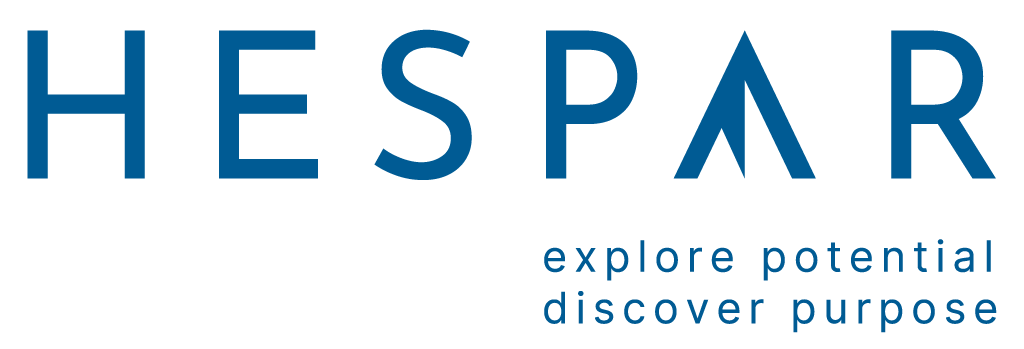The question every leader asks
“How long will it take to transform our team?”
The question arrives in our inbox weekly, sometimes daily. Leaders facing declining performance, communication breakdowns, or stagnant cultures want to know exactly how many sessions, workshops, or months it will take to turn their teams around.
It’s a fair question. In a world of agile methodologies, sprint planning, and quarterly OKRs, we’ve become accustomed to defining clear timelines for everything. Project launches have deadlines. Product releases follow roadmaps. Why shouldn’t team transformation operate the same way?
The answer is more complex than most leaders hope to hear, especially in an era obsessed with quick fixes and immediate results. But here’s the counter-question we always ask: “How long did it take to get into this situation?”
The myth of instant transformation
We live in an age of instant everything. Instant messaging, instant results, instant gratification. This mindset has seeped into leadership development, creating an expectation that teams can be “fixed” with a weekend retreat or a series of workshops.
The reality we’ve observed across hundreds of team interventions tells a different story. Sustainable transformation isn’t a switch you flip. It’s a journey with distinct phases, each requiring its own timeline and approach.
Consider the financial services team we worked with last year. They came to us with a pressing deadline: “We need to be functioning better in six weeks for our board presentation.” Three months later, they were still in the early stages of real change. But something remarkable had happened. They’d stopped caring about the original deadline because they’d discovered something far more valuable: a pathway to genuine collaboration.
The four phases of team transformation
Through our work with leadership teams across industries, we’ve identified four distinct phases that teams move through during transformation. Understanding these phases helps set realistic expectations and recognize progress when it happens.
Phase 1: Insight – the awakening
Before any real change can occur, teams must first see what’s actually happening beneath the surface. This phase involves honest conversations about team dynamics, performance barriers, and unspoken tensions.
This awareness doesn’t happen overnight. Teams that have operated in certain patterns for years need time to recognize these patterns and their impact. We often see resistance in this phase—not because people don’t want to change, but because seeing clearly can be uncomfortable.
One leadership team we worked with spent their first three sessions convinced their problems were purely strategic. Only in the fourth session did they begin acknowledging the communication patterns that were sabotaging their strategy implementation. That moment of recognition was their entry into phase one.
Phase 2: Awareness – understanding the why
Once teams can see their patterns, the next crucial step is understanding how and why these patterns developed. This phase involves exploring underlying beliefs, past experiences, and organizational culture elements that have shaped current behaviors.
This is often the most challenging phase because it requires teams to examine not just what they’re doing, but why they’re doing it. It’s like archaeology—carefully excavating layers of assumptions, learned behaviors, and survival mechanisms that teams have developed over time.
We worked with a technology company where team members consistently avoided conflict. In phase two, they discovered this pattern had developed after a previous CEO had publicly humiliated people who disagreed with him. Even though that CEO had left two years earlier, the team was still operating as if he might walk in at any moment.
Phase 3: Experimentation – testing new approaches
With awareness comes the opportunity to experiment. Teams begin trying different ways of communicating, making decisions, and working together. This phase is characterized by conscious choice rather than automatic reaction.
Experimentation involves trial and error. Not every new approach will work for every team. Some experiments succeed immediately, others need refinement, and some get abandoned entirely. This is normal and healthy—it’s how teams find their unique path forward.
The key insight we share with teams in this phase: expect imperfection. One manufacturing leadership team we worked with tried implementing a new decision-making process and initially struggled with it. Instead of abandoning the experiment, they spent time refining it based on what they learned. Six months later, they described their decision-making process as their “secret weapon.”
Phase 4: Integration – making it stick
The final phase involves embedding new behaviors and approaches into daily operations. This is where transformation becomes sustainable rather than temporary.
Integration requires consistent practice and reinforcement. Teams develop new habits, create supporting structures, and build accountability systems that maintain their progress even under pressure.
This phase is particularly important because it’s where many transformation efforts fail. Without proper integration, teams often revert to old patterns when stress levels increase or leadership attention moves elsewhere.
Timeline realities: what to expect
So how long does this actually take? Based on our experience, here are realistic timeframes:
Immediate impact (weeks 1-4): Teams often experience early signs of change—more open conversations, reduced tension, increased willingness to address difficult topics. These aren’t full transformation, but they’re meaningful shifts that create momentum.
Noticeable progress (months 2-6): Teams begin operating differently in measurable ways. Decision-making improves, communication becomes more direct and effective, and problem-solving capabilities increase.
Sustainable transformation (months 6-18): New patterns become embedded in team culture. The team can maintain their progress even during high-stress periods and continue evolving without constant external support.
Ongoing evolution (ongoing): The best teams never stop growing. They continue refining their approach, adapting to new challenges, and maintaining the practices that support their high performance.
Early indicators of progress
While full transformation takes time, leaders can watch for early signs that change is happening:
Teams start having different types of conversations—more direct, less guarded, more focused on solutions than blame. Energy shifts become visible. Meetings feel different. People seem more engaged and less defensive.
Decision-making processes evolve. Instead of decisions happening in hallway conversations or being revisited repeatedly, teams develop clearer ways of reaching and committing to decisions.
Conflict transforms from something to be avoided into a tool for better outcomes. Teams learn to disagree productively rather than either avoiding differences or letting them escalate destructively.
Why rushing backfires
The temptation to accelerate transformation is understandable, but attempts to rush the process typically backfire. Sustainable change requires time for new neural pathways to develop, for trust to build through repeated positive experiences, and for new behaviors to become automatic rather than conscious efforts.
Teams that try to skip phases or compress timelines often end up returning to old patterns. It’s like trying to build physical fitness in a week—you might see some immediate changes, but real strength and endurance require consistent effort over time.
The investment mindset
The leaders who achieve the most sustainable transformations approach the process as an investment rather than an expense. They understand that the time invested in proper transformation pays dividends for years through improved performance, reduced turnover, better decision-making, and increased innovation capacity.
One CEO told us after an eighteen-month transformation journey: “I used to think we couldn’t afford to spend time on this. Now I realize we couldn’t afford not to. The team we have today is capable of things we couldn’t even imagine two years ago.”
Moving forward with realistic expectations
Sustainable team transformation can’t be rushed, but it can be accelerated through the right approach, commitment, and realistic expectations. The journey requires patience, but the process itself creates immediate improvements in team dynamics and performance.
The question isn’t whether your team can transform—it’s whether you’re willing to invest the time necessary to make that transformation stick. Because while change takes time, every step forward creates immediate value through better collaboration, clearer communication, and stronger results.
Stay curious. Explore our updates by subscribing to our newsletter.

